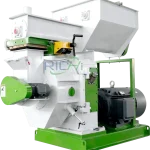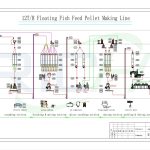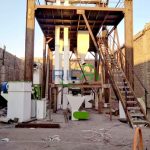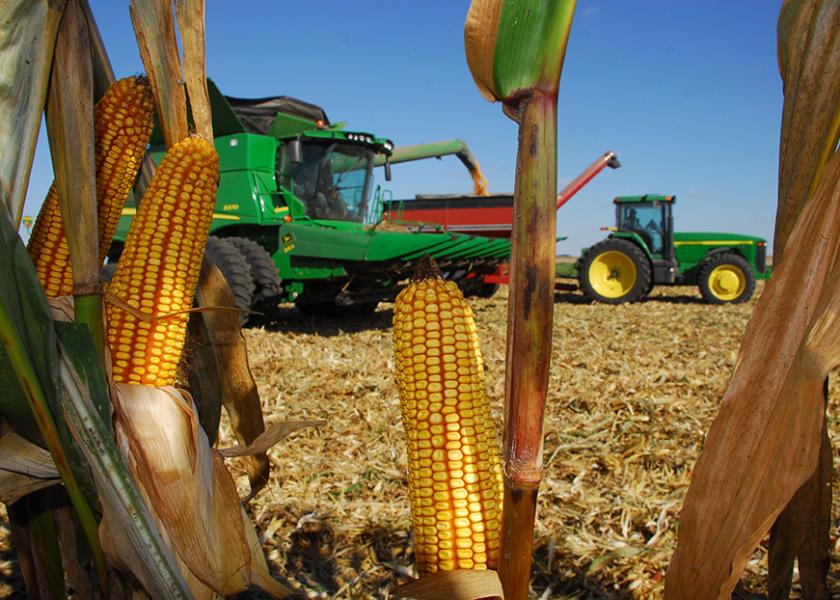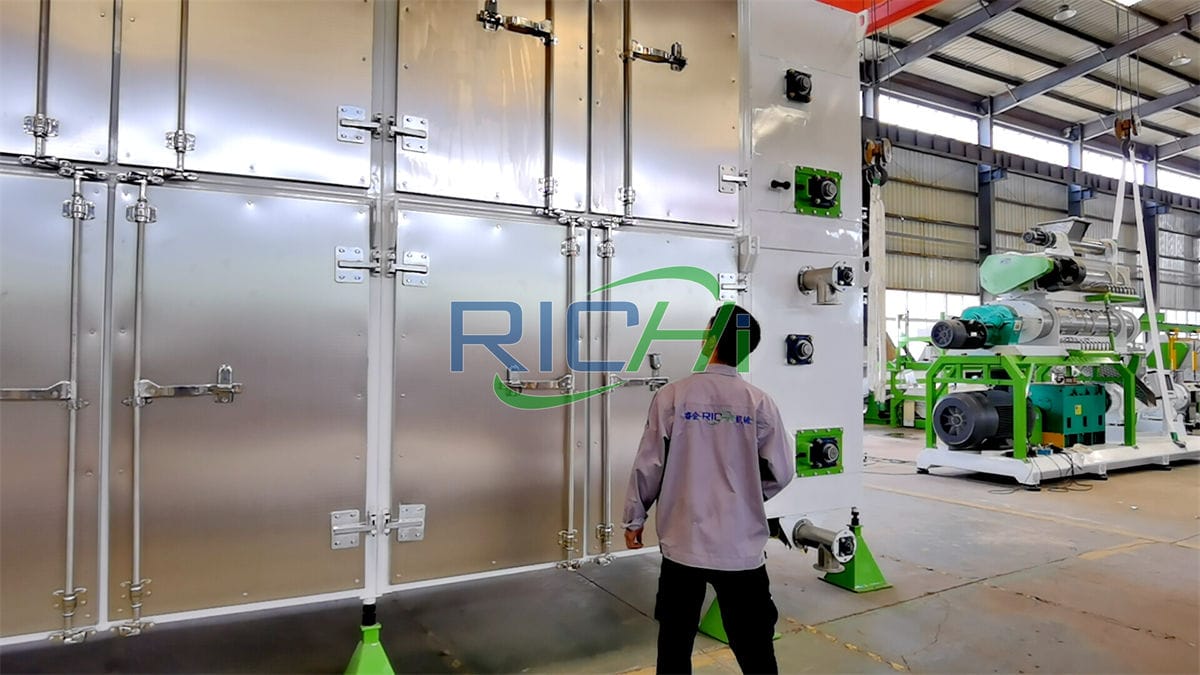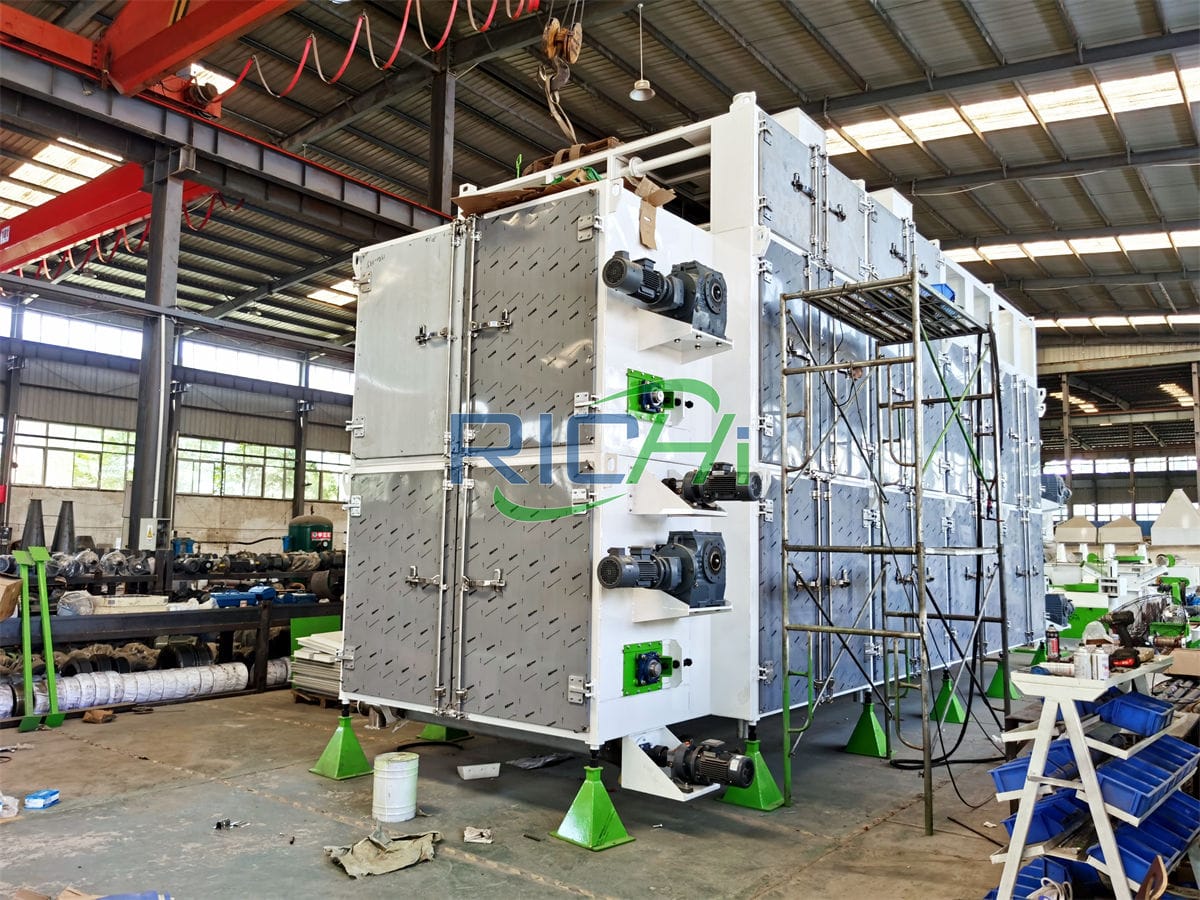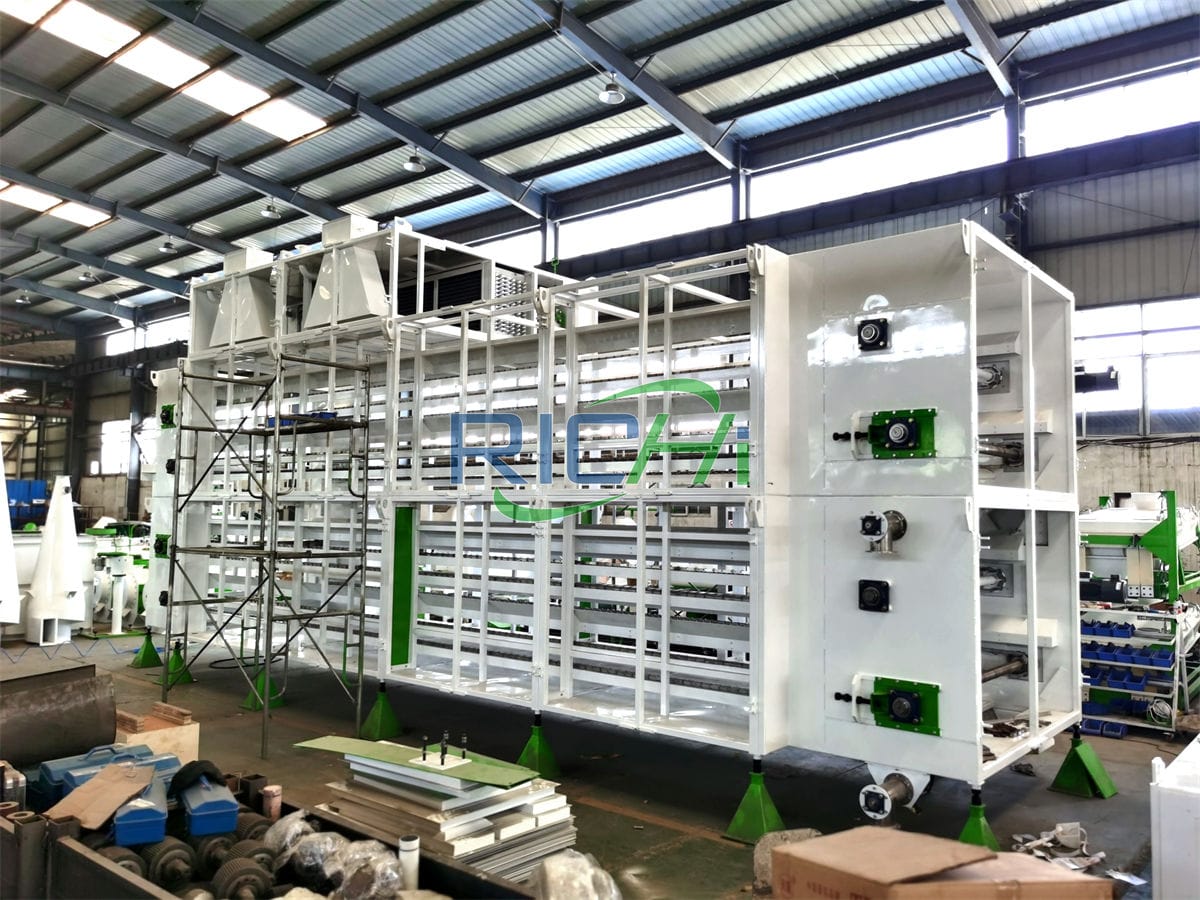Summary
- Corn grain quality is increasingly important as more grain is used for processing and other specialty end uses.
- Hybrid selection and timely harvest are important to produce high-quality grain. Growers should monitor both crop condition and moisture as grain dries down after maturity.
- Combine cylinder/rotor speed and other settings can have huge effects on grain quality. Start with manufacturer recommendations and readjust to crop conditions.
- Stress-cracking is the major quality problem caused by high temperature drying and rapid cooling of grain. Fractures in the corn endosperm lead to problems in both storage and processing.
- Stress-cracked kernels are more likely to be broken, produce smaller grits during dry milling, absorb water too rapidly during wet milling, and are more susceptible to insect and mold damage during storage.
- This Crop Insights discusses factors important to corn grain quality in the field, during combining and in drying. Grain storage recommendations are also included.
Corn grain quality is determined by hybrid, growing conditions, harvest practices and drying operations. Except for growing conditions, these quality factors are generally under the control of the grower. Grain quality, good or bad, largely results from cumulative grower decisions and practices from the field to the bin.
Good grain quality begins in the field with hybrid selection and harvest timing. Growers should pay close attention to crop condition after physiological maturity, as well as grain moisture. Poor quality grain in the field will only deteriorate further as it is handled prior to storage.
Modern combines can maintain grain quality achieved in the field when set properly and checked frequently. However, poorly adjusted combines can have a devastating effect on grain quality, especially if the grain is wet or light. Cracked or broken kernels are the usual outcome of a poorly adjusted machine. These damaged kernels often incur further breakage with subsequent handling. By storage time, an abundance of broken kernels and “fines” can restrict air flow and provide a ready substrate for insects and diseases.
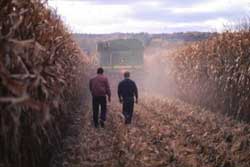
Grain drying is critical to maintaining quality. High-temperature drying results in stress cracks in the kernel, especially if corn is cooled rapidly after heating in the dryer. With subsequent handling, stress-fractured corn begins to break, resulting in storage problems in the bin and lower value for end uses such as dry milling or wet milling.
Field Considerations
Good grain quality begins in the field. If insects, ear rots, weather or other growing conditions have damaged the grain, quality will likely deteriorate further with harvest, handling and storage. Selecting hybrids with inherent grain quality attributes is the first step toward producing a quality crop. Scheduling harvest based on crop conditions as well as grain moisture is another field practice to help achieve the highest possible grain quality.
Hybrid Selection: Selecting hybrids rated highly for grain quality traits is the first step in producing highest quality grain. Pioneer® brand products are rated for resistance to prevalent ear rot diseases, test weight, and overall grain quality. Ear rot resistance is important to preserve grain mass and storability. High test weight is a grain trait that helps kernels resist breakage during threshing and handling. Selecting hybrids that excel in these traits is important to production of grain having dense, intact kernels with minimal breakage, disease and discoloration, especially for markets that pay a premium for high grain quality.
Harvest Timing: Harvest timing may have a major effect on grain quality in some growing environments. Harvesting grain at too high of moisture can result in severe kernel damage during threshing and drying. For that reason, grain quality experts suggest allowing corn to field dry below 20% moisture before harvesting. But allowing corn to field dry can also have negative consequences to both yield and quality if stalk or ear rot diseases or insect feeding damage are increasing. For that reason, many agronomists recommend to begin harvest when corn is around 25% moisture. The key to deciding which of these suggestions is appropriate for your fields is to closely monitor both moisture and crop condition beginning at physiological maturity.
In monitoring crop condition, growers should pay careful attention to potential ear, stalk and root problems. Many common corn disease pathogens such as Diplodia, Fusarium and Gibberella can attack both stalks and ears. These diseases, as well as anthracnose, often begin as root rots, or enter the stalk or ear through insect feeding ports. Stresses on the plant during ear fill, including drought, hail, limited sunlight, or even high grain yield weaken the plant and usually lead to more stalk rot development prior to harvest.
Stalk deterioration can impact both yield and grain quality. If stalks lodge due to storms or wind, ears can come in contact with the ground. This often provides both a source of inoculum and moist conditions for ear rot development.
Weak stalks can be detected by pinching the stalk at the first or second elongated internode above the ground. If the stalk collapses, this indicates advanced stages of stalk rot. Another technique is to push the plant sideways about 8-12 inches at ear level. If the stalk crimps near the base or fails to return to the vertical position, stalk rot is indicated. Check 20 plants in 5 areas of the field. If more than 10% to 15% of the stalks are rotted, that field should be considered for early harvest.
Strip back the husks on 5 plants in 5 areas of the field to check for insect feeding or ear rots. If these problems are severe, consider harvesting and drying grain to below 18% moisture to stop progression of both insects and diseases.
Combine Considerations
Combine settings and operation are critical to preserve grain quality. The combine is a complex machine that gathers, threshes, cleans and transfers grain. Poor combine adjustment can result in more beating, shearing or pinching of grain, causing broken and damaged kernels. When set properly, most combines, both cylinder and rotor types, can do a good job of separating corn kernels from the cob while leaving kernels intact and unbroken.
Growers are advised to set the combine to manufacturer-recommended settings as a starting point, and then adjust to the condition of the crop. Frequent checking and readjusting can then keep the combine set appropriately to both reduce crop damage and harvest losses. When crop conditions change during the day, small adjustments may be necessary.
The goal of proper combine settings is to achieve a smooth, even flow of crop material moving through the machine. The combine should run nearly full to minimize impact on the grain. A near-empty machine, on the other hand, leads to multiple contacts of the machine and the grain, which increases breakage.
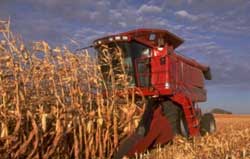
Ground and Snapping Roll Speed: The ground speed depends on the condition of the crop, but should generally be as fast as possible without plugging the head or threshing mechanism. Snapping rolls should be set relative to ground speed. When set too fast, snapping rolls increase the impact of the ear on the stripper plates. This causes kernels to be shelled and lost, increases breakage of ear butt kernels and results in ear bounce.
Cylinder/Rotor and Concave: The cylinder or rotor is designed to thresh corn from the cob. It is no surprise then, that cylinder/rotor speed is the leading cause of grain damage by the combine. In 1 study, increasing the cylinder speed from 300 to 600 rpm increased kernel damage from below 5% to over 30%. However, if threshing is too gentle, unshelled kernels can be lost with the cobs.
Growers should use the lowest possible cylinder/rotor speed that will shell the grain within acceptable loss levels (1% in good-standing fields). To reduce unthreshed losses without increasing grain damage, try decreasing the concave clearance before increasing cylinder/rotor speed. If this does not achieve satisfactory threshing, then begin to increase cylinder/rotor speed as required.
Cylinder rasp bars can damage kernels, especially when new. Manufacturers suggest to break in the rasp bars for 50 hours in a crop where quality is not as critical. This break-in period will allow sharp, square edges to be rounded and smoothed. Avoid using the chrome-plated rasp bars that are much harder, retain their edges longer, and tend to chip and develop sharp edges that damage grain.
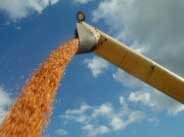
Augers: Several augurs convey the grain through the combine, including the cross auger, the clean grain auger, the tailings augur and the unloading auger. Badly worn augers become sharp and can shear grain. Augers running at less than capacity can break and damage grain. To reduce grain damage from augers, replace badly worn auger flighting. Idle engine until unloading auger is filled, then increase throttle. Keep internal augers as full as possible by running the combine at capacity.
Separation and Cleaning: After threshing, the grain is separated from non-grain crop material by the chaffer and shoe sieves and the cleaning fan. Lighter chaff is blown out the back of the combine, while heavier unthreshed cob segments are returned to the thresher by the tailings system. Screens allow fine grain particles and foreign matter to be removed in the cleaning process.
The goal of separation and cleaning is to achieve a clean, high-quality end product while minimizing grain losses. To accomplish this, sieve and fan settings are critical. Begin with manufacturer suggested settings and check and adjust frequently. Crop conditions, including non-grain crop moisture, can change rapidly during autumn days. Monitor losses behind the combine and grain quality in the grain tank throughout the day.
Drying Considerations
Broken kernels and fines can create problems during grain storage, and also lower quality for many end uses. When corn is transferred from the grain cart to the dryer or bin, many growers use a rotary screen, gravity screen or perforated auger housing section to screen out the fines. While this is a useful practice, growers must also be aware of the potential for further occurrence of damaged and broken kernels in drying and grain movement.
Stress cracking is the major quality problem associated with improper drying and cooling of grain. Stress cracks are fine fracture lines in the endosperm of the kernel located just below the outer layer or pericarp. The amount of stress cracking that may occur depends on initial grain moisture, rate of moisture removal, maximum grain temperature reached in the dryer, and rate of grain cooling.
Kernels with a large number of stress cracks are more likely to be broken, produce smaller grits during dry milling, absorb water too rapidly during wet milling, and are more susceptible to insect and mold damage during storage. For this reason, minimizing stress cracks is a primary goal for maintaining end-use quality and long-term storage potential of corn. Table 1 shows the relative effect of various drying methods on stress crack formation.
Table 1. Effect of dryer method on stress crack formation.
| Drying Method | % Stress-Cracked Kernels |
| Natural air and low temperature in-bin | 5% or less |
| Medium temperature and slow cooling | 10-25% |
| Medium temperature & stirring in-bin | 15-35% |
| High temperature and fast cooling | 60-100% |
As the table clearly shows, high temperature drying followed by fast cooling can have a devastating effect on stress-cracking of corn kernels. For most grain uses, this drying method is unacceptable.
Growers should carefully consider end use of grain when making decisions regarding drying temperatures. Table 2 shows the maximum corn kernel temperature limits for drying corn for various end uses.
Table 2. Maximum recommended kernel temperature during drying. Source: DuPont Pioneer.
| Product | Maximum Kernel Temperature |
| Shelled Corn – Animal Feed | 130 F |
| Shelled Corn – Wet Milling | 100-130 F |
| Shelled Corn – Dry Milling | 100-120 F |
| Shelled Corn – Snack Foods | 100 F |
Dryeration: Dryeration is the process of allowing hot grain from a high temperature dryer to steep in a bin without airflow for about 4 to 6 hours prior to cooling by aeration. Not only does this process reduce the amount of stress cracks, but it also increases the energy efficiency of the system and can more than double dryer capacity. (Dryer capacity increases because corn leaves the dryer at a higher moisture, and does not tie up the dryer during cooling.)
Appendix l – Optimal Management Practices for Drying and Storage (John Gnadke, AGS, Inc.)
| Continuous Flow Grain Dryers1 | ||
| Operating Plenum Temp.2 | Grain Temp. Maximum | |
| Food Corn | 130 – 140 F | 100 F |
| Wet Milling Corn | 170 – 190 F | 130 F |
| Livestock Feed | 170 – 190 F | 130 F |
1To maintain high capacity and grain quality, keep your grain dryer clean!
2Temperature ranges must be within 15 – 20 F anywhere within your plenum.
In-Bin Drying
- In-Bin with stirring equipment – for best results, the operating temp should be 95-105 F.
- In-Bin with low-temp heaters (LP or electric) should be operated on a Humidity Controller. This will condition the ambient air to the proper relative humidity (RH). For best results, the RH setting is approximately 70%.
Natural Air In-Bin
- Fan Size: 1.5 CFM of air per bushel.
- Clean grain to 2% or less BCFM.
- Wet grain moisture: 20% for best results
- Roof Venting: 1.5 sq. ft. per fan HP.
In-Bin Continuous Flow
- Clean Grain to 2% or less BCFM.
- Operating Temp: 130-160 F.
- Keep grain depth from 4 to 6 feet for highest capacity of this unit.
- Proper roof vent is a must (1.5 sq. ft. per fan HP).
- Grain discharge temp will be 95-115 F.
In-Bin Cooling
- If stress fractures are a part of a grain contract, take special steps to prevent this from occurring (grain temp: 95-105 F).
- If wet grain is 20% or less, steep for 12 hours before cooling.
- If wet grain is 22-24%, steep for 18-24 hours before cooling.
- If ambient air temperatures fall below 40 F at night, then DO NOT operate cooling fans.
- Operating cooling fans at 40 F or above will reduce stress on grain (may require day-time operation of these cooling bins.)
Cooling Grain to Proper Storage Temperatures
- Cool grain to 35 F (DO NOT freeze food corn as it can cause additional stress on the grain.)
- Freezing grain at 18-20% moisture can cause ice crystals to form on the kernels.
- When temperature rises in February or March, ice crystals will melt and cause grain to go out of condition very quickly.
Final Note
All stored grain should be checked on a biweekly (every 2 weeks) basis.
Appendix II – Grain Storage Principles (John Gnadke, AGS, Inc.)
Initial Storage
- Dry grain to the “equilibrium” moisture level (15%).
- Use LOW temperature drying to minimize stress cracks.
- For ideal grain storage target 2% cracked/broken.
- Level the grain in the bin to minimize moisture accumulation at the top of the bin (core or use a mechanical “spreader”).
- “Core” the bin by removing 10% of the total bin capacity after filling to remove fines that accumulate in the center. In the coring process try to keep the bin as level as possible.
- Cool grain as soon as it is dry to within 10 degrees of air temperature.
- Aerate the grain for 10 to 14 days after filling to ensure grain “equilibrium” has been achieved – based on 1/4 CFM.
- Monitor grain temperature and moisture regularly (minimum biweekly, preferably on a continuous basis with “in-bin” probes and visual inspection).
- Monitor grain for insect and rodent infestation on a regular basis (minimum biweekly).
Long-Term Storage
- Keep cooling the grain on a regular basis until grain temperature reaches 35 F. Never cool grain below 32 F.
- Check grain regularly (minimum biweekly) while in storage. 1) Lock out power. 2) Climb into the bin, look, feel, smell, and walk on the surface. 3) If automated controls are used, biweekly inspections are still recommended to ensure controls are functioning properly.
- Aerate on a regular basis while in storage, discontinue fan run-time when temperatures fall below 32 F.
- In the spring, warm up grain with every 5 F temperature differential until grain reaches 45 F.
- If delivery dates are July-Sept., cover fan inlets in February to keep grain cool.
- During summer months, aerate during cool, dry nights to hold grain temperature down.

